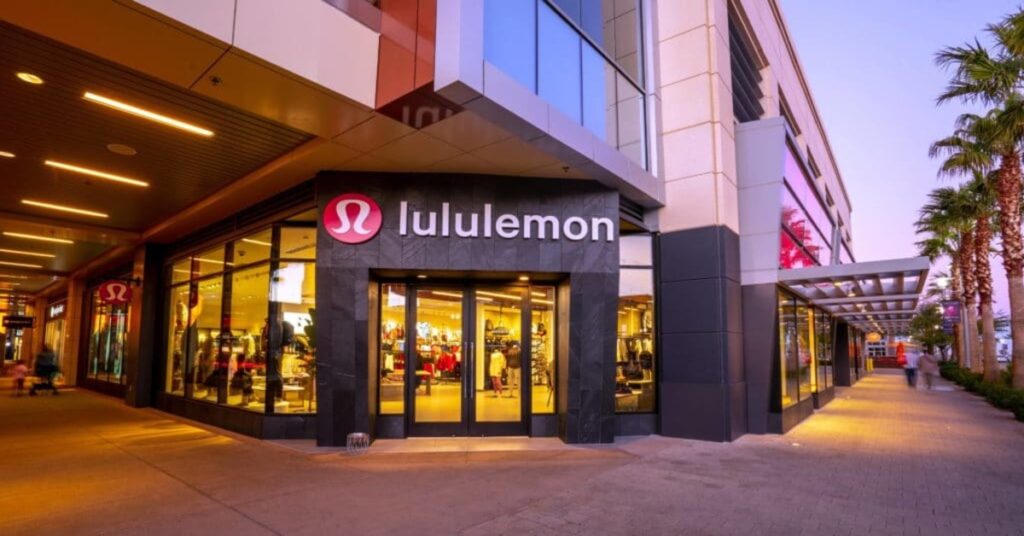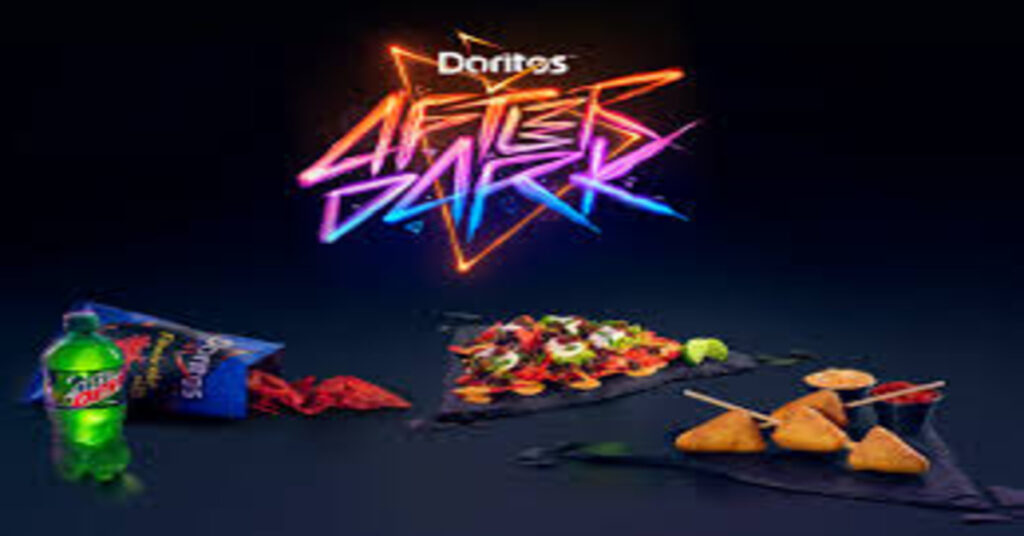Profitability for Consumer Packaged Goods (CPG) brands is becoming challenging, expectations are also higher. The pandemic and food inflation have strengthened the dominance of legacy CPG brands and private labels. But scrutiny remains on the price.
With emerging brands being urged to become profitable sooner than they would have been in the past, the cost of doing business has increased considerably. In 2023, the price is more important to consumers. As such, super-premium brands have become more price-sensitive in this era of mega-food inflation. Over the past three years, emerging CPG brands have been faced with escalating costs, the increased strength of legacy and private-label brands, higher marketing and promotional costs, and more dynamic consumer preferences.
Sustainability
According to a Sellerapp report, sustainability is one of the top consumer trends and demands in 2023. Many consumers now avoid brands that don’t align with their stance on the environment and other sustainability issues. 70 percent of consumers are willing to pay at least five percent more for products demonstrating a fully sustainable supply chain.
Michael Bell, founder, and CEO of Manukora, believes sustainability is becoming crucial for CPG brands as consumers are willing to pay more for environmentally friendly products. “To compete, you must emphasize what you’re doing for the environment. Companies are highlighting their sustainability in their packaging, manufacturing, and supply chain as a whole.” Bell said it is important to give back.
Stepping Up Marketing
Moreover, CPG brands are turning to marketing more than ever to reach out to their target consumers. They are looking at various marketing channels like loyalty programs, social media, TV advertising and email marketing. The average CPG brand, as per Shogun report, increased their marketing spend by 18.3 percent over the last year, with 55 percent planning another budget increase. CPG brands spend $38.83 billion on digital advertising each year.
CPG brands have adopted strategies to reach out to their consumers. CPG marketers need to heavily market their brand’s core values, showcase trust signals, and build a community to entice first-time shoppers to convert. Marketers need to work closely with supply chain executives to ensure stockouts don’t turn potential customers away. Marketers in CPG need to time their campaigns and promotions around stock available and monitor especially closely.
They have to focus on retention and subscription models to ensure customers restock supplies from their store, instead of a competitor’s.
Also Read: Mustang Becomes Younger, Increases Visibility and Popularity Among Blooming Market



